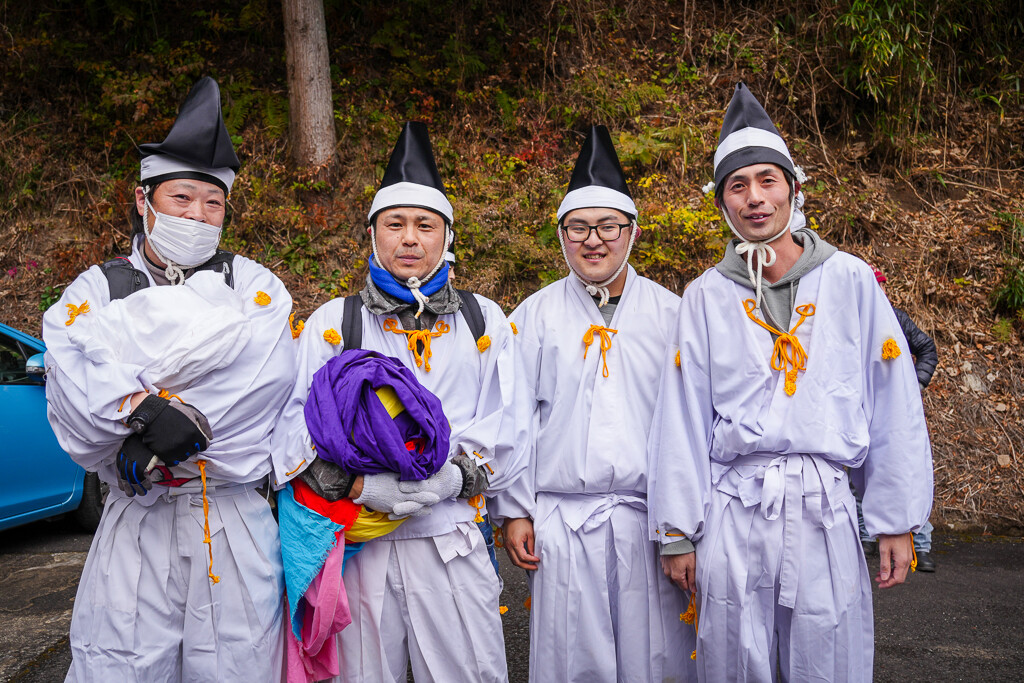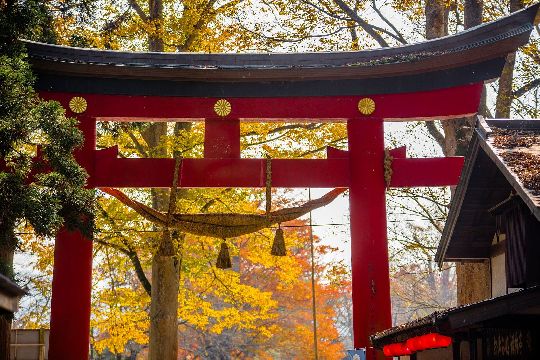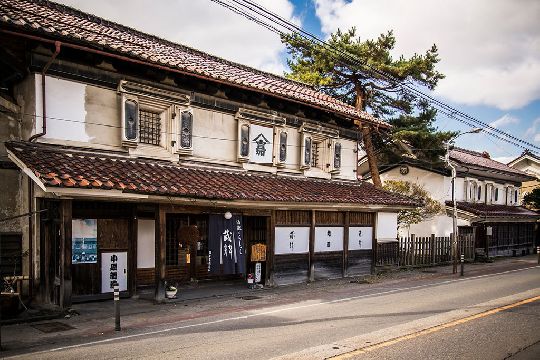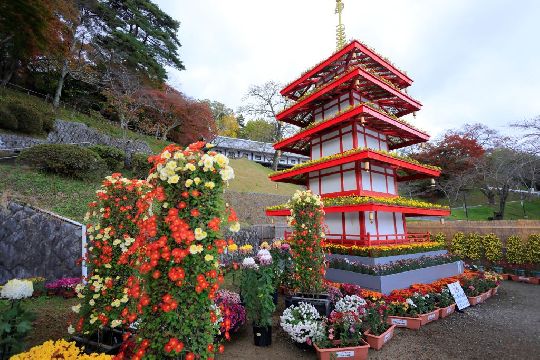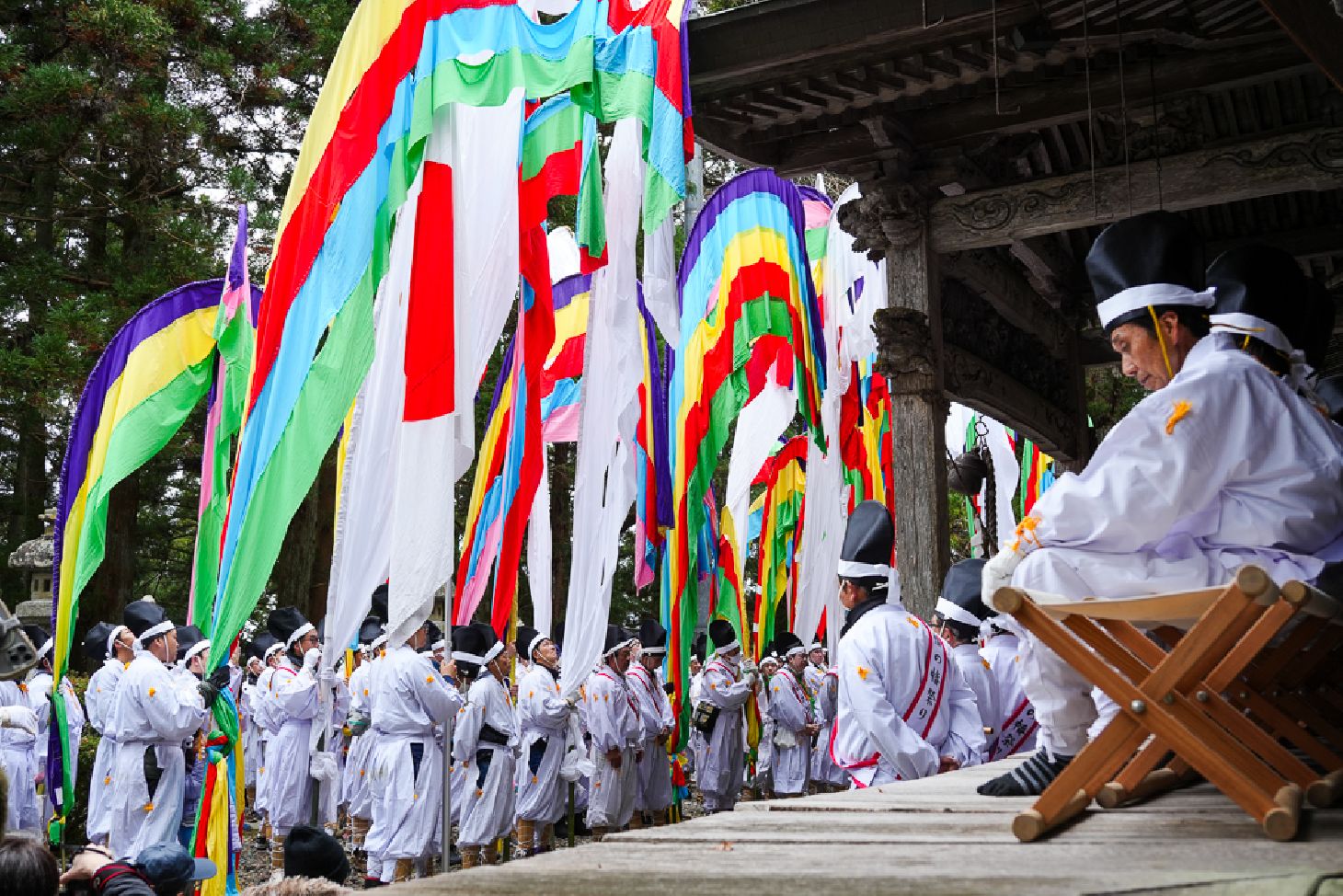
Held yearly on the first Sunday of December, Hata Matsuri - the Kohata Flag Festival - is a bustling display of colour and community in a beautiful part of rural Fukushima. Here’s what I learned from joining the procession myself, complete with some tips for the future if you’d also like to attend!
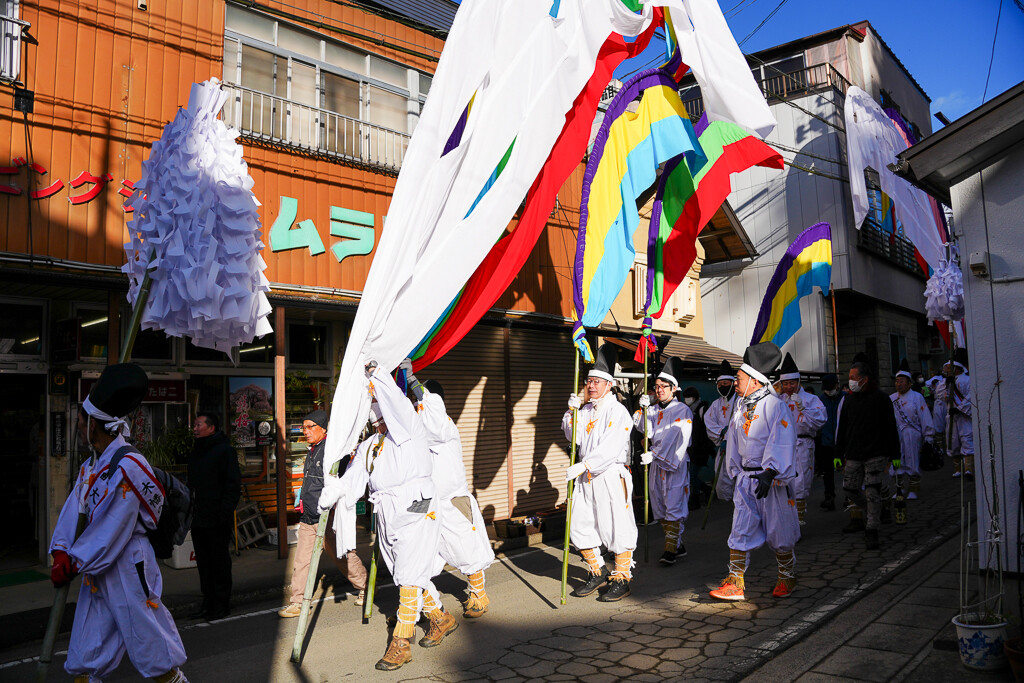
Since I arrived in Fukushima, I’ve been trying to go to every festival I can. Attending local festivals is a great way to learn more about lesser-known areas of the prefecture and the local people are always eager to welcome new visitors.
With that in mind, after seeing pictures of the Kohata Flag Festival online, I was keen to visit the area and see the colourful flags for myself. That’s how I ended up getting up early on a chilly Sunday morning and heading to the sleepy mountain village of Kohata, a district of equally sleepy Nihonmatsu City.
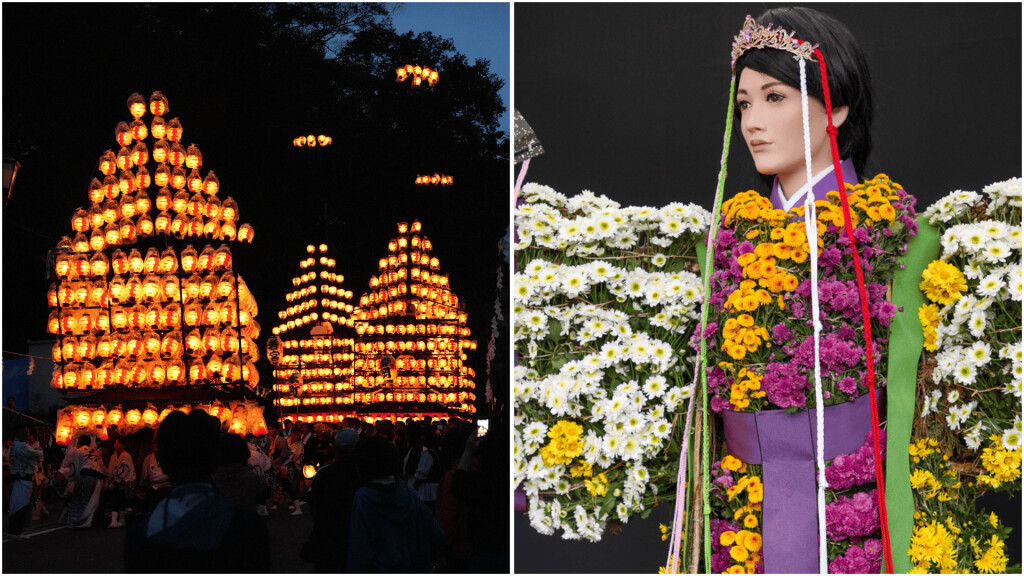
(If the name sounds familiar, Nihonmatsu itself is widely known for its extravagant three-day lantern festival in October, and the Chrysanthemum Doll Festival which takes place roughly around the same time to coincide with autumn colours.)
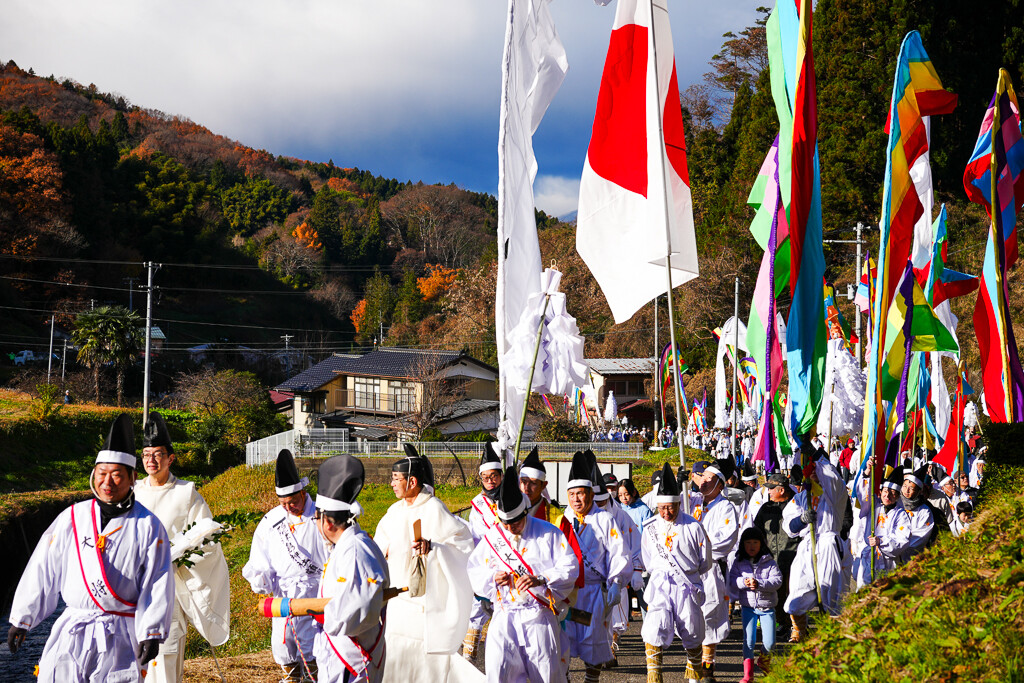
The flag festival, meanwhile, is the biggest yearly event for Kohata. Although the main procession takes place on the Sunday, there are also festivities on the Saturday, including mizugori (purifying oneself with buckets and buckets of cold spring water), dancing and a foot race while holding the great flags.
This first day is also when first-time participants to the festival – usually boys who have come of age – are taken halfway up the mountain via the woodland trails to complete their initiation into the flag-bearers. This involves slipping through a narrow gap just barely wide enough for an adult to pass through, before heading up to Okitsushima Shrine to pray and be inducted as a member of the procession.
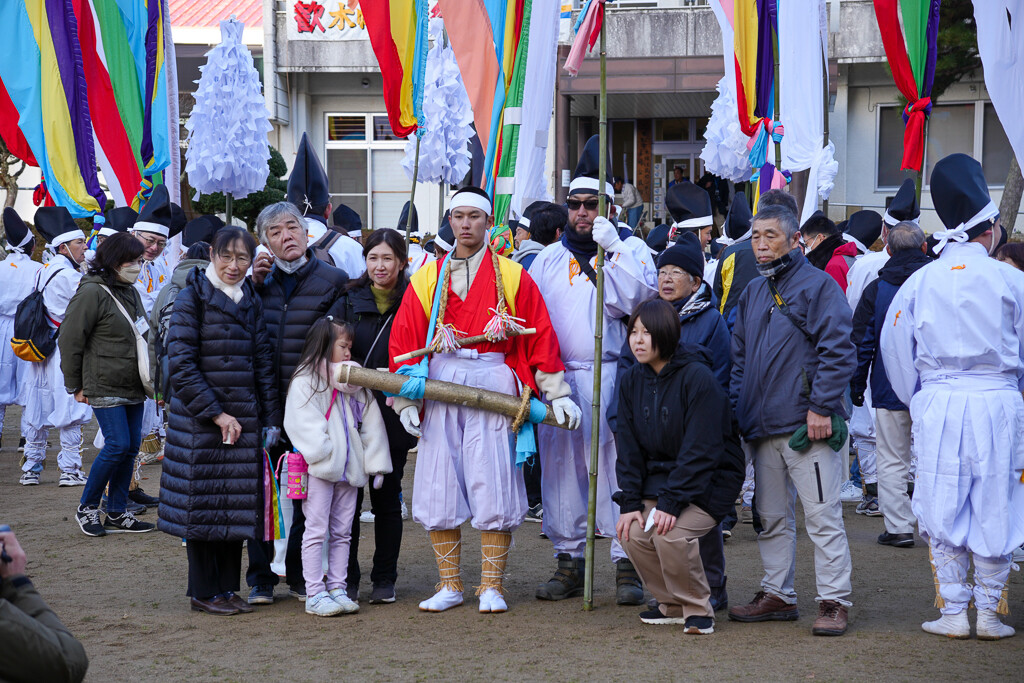
Unlike the all-whites of the regular flag-carriers, these first-timers wear red and are treated as adults. Although usually there are two or three new members, this year there was only one, who was forced to take photos by his family at every step of the journey.
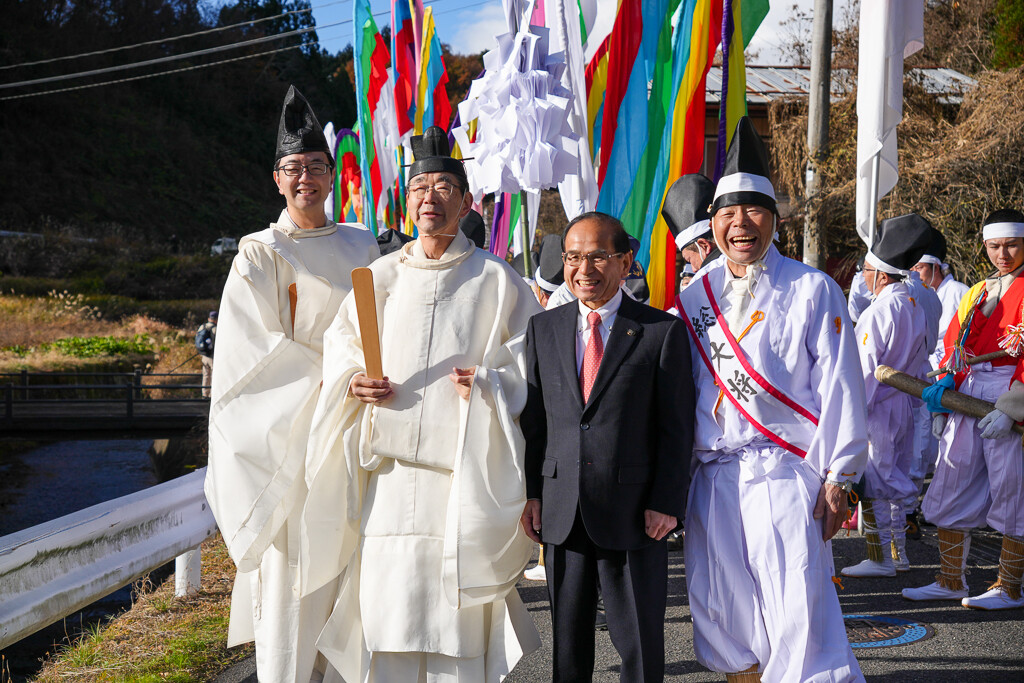
The festival traces its history back nearly a thousand years. A defeated Genji army in 1055 barricaded themselves in meagre defences on Mt. Kohata, and it’s said that their pursuers among the Abe forces mistook the heavy snow for Genji banners and fled from certain victory. This is one of the reasons that white flags appear alongside the more colourful ones in the flag procession.
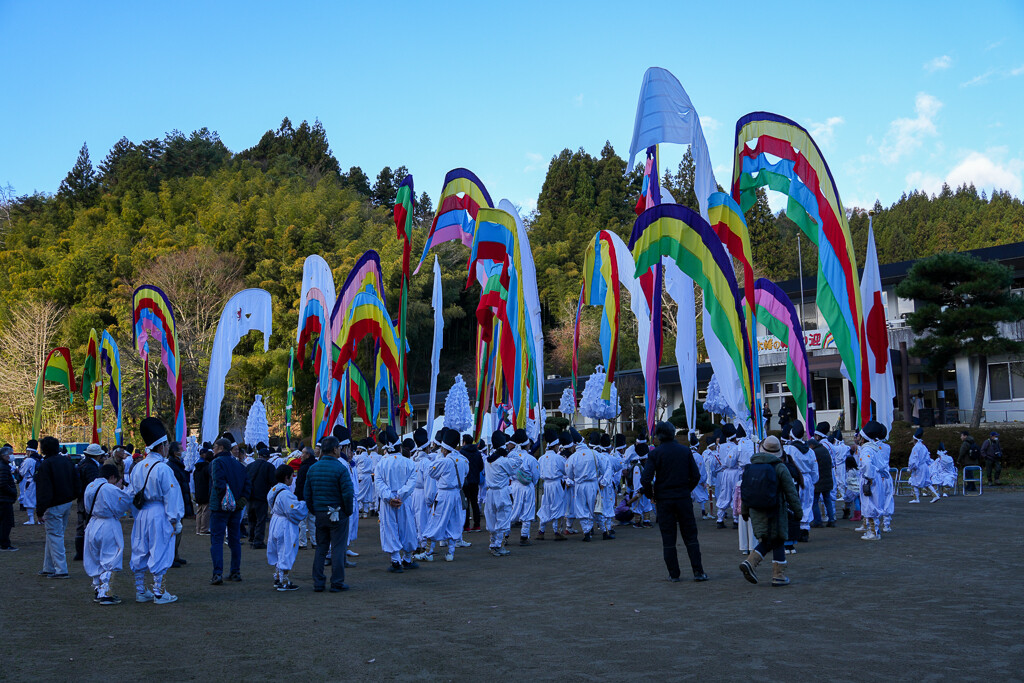
The flag-bearers depart from the Kohata Community Center at 8:30am on Sunday. They first gather at 7:30, and there is an opening ceremony from 8:00, but this is mostly speeches from local officials and guests of honour, and since the grounds are surrounded by rows of trees, it can get fairly chilly at that time of the morning – I would say arriving shortly before departure time would be fine for most people.
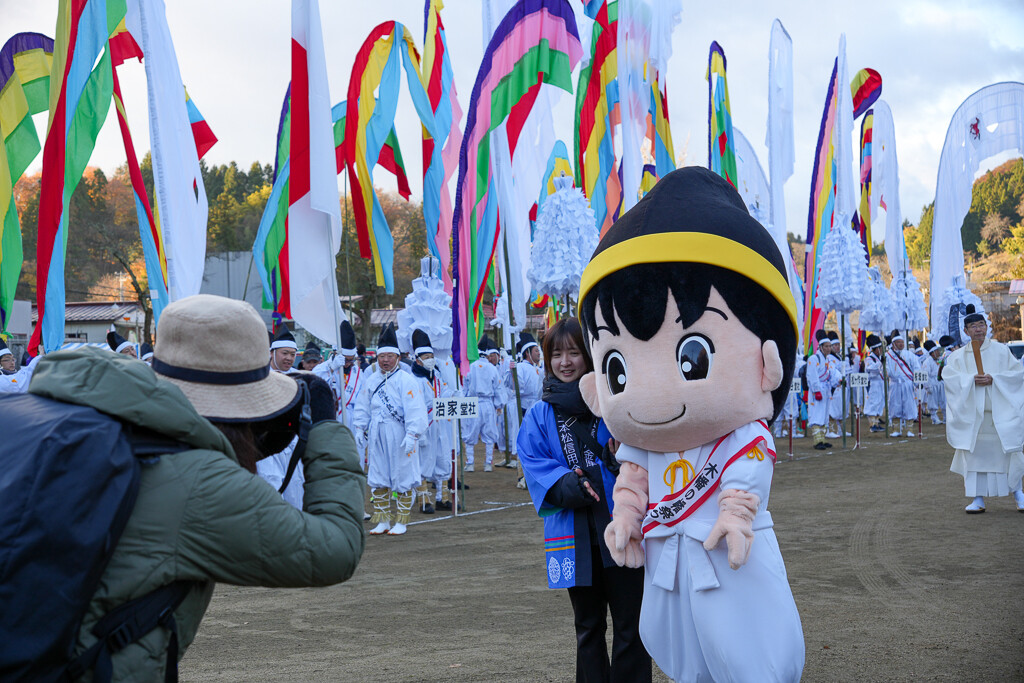
That being said, this is where I met Hatarou, the local mascot (this is a pun, since 'hata' is Japanese for flag. It'd be like calling a mascot 'Flaggy', but funnier.) This also makes Hata Matsuri one of the few Fukushima festivals with its own mascot.
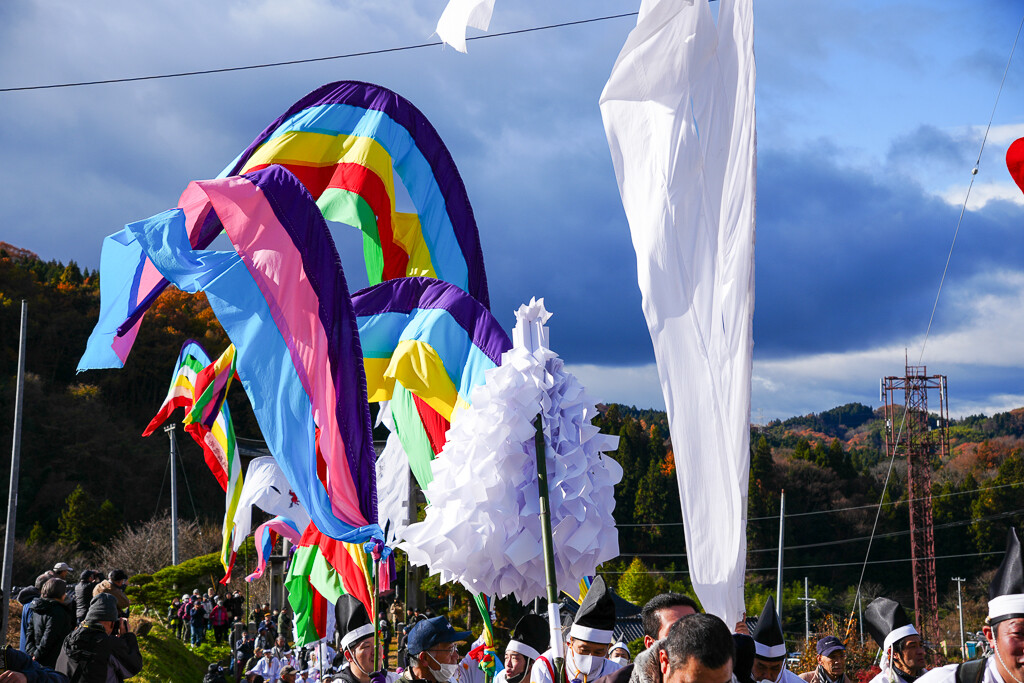
The procession lasts for several hours, taking the marchers from the community center in the west part of town up into the foothills of Mt. Kohata, and eventually leading to the magnificent Okitsushima Shrine deep in the mountain woodland. There are multiple good places for taking photos – it quickly becomes obvious where they are, since a flock of local photography enthusiasts follow the procession wherever it goes! I’d recommend the road bridge shortly after leaving the main street of town.
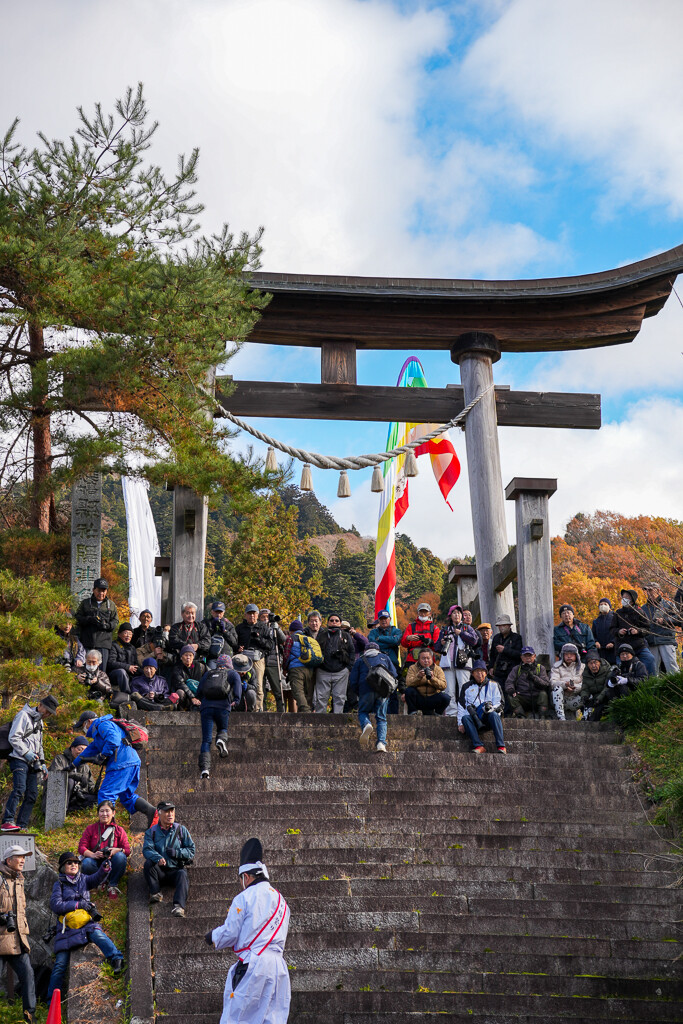
When I stopped in someone’s driveway to get a good photo of the marchers heading through the torii gate, the home owner came and spoke with me for a while about what brought me to the festival. She said in her childhood, the flags numbered nearly two hundred, whereas nowadays the number is closer to seventy or eighty. When I thanked her and went to follow the parade, she handed me a wrapped sweet and told me to have a great day – this is exactly the kind of wholesome experience that makes it worthwhile going to lesser-known festivals.
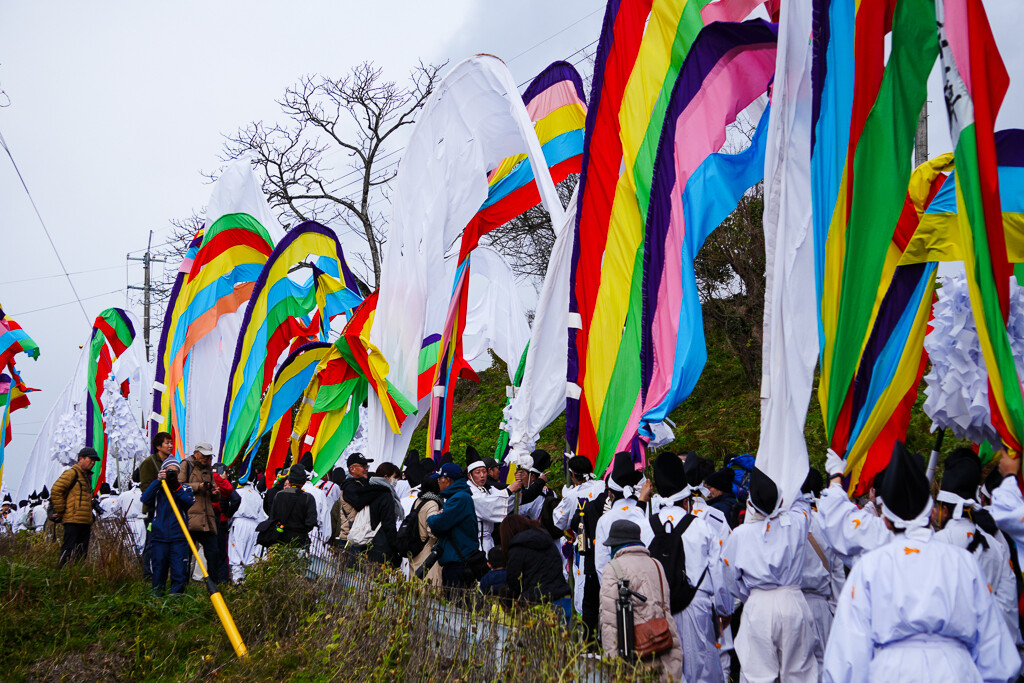
In fact, this happened multiple times over the course of the day. Both the members of the procession and regular attendees struck up conversations with me about my hometown, my experiences in Fukushima, and my thoughts on the festival. Some offered suggestions for places I should visit in the area, while several local school-age children spoke to me in English they’d been practising in class.
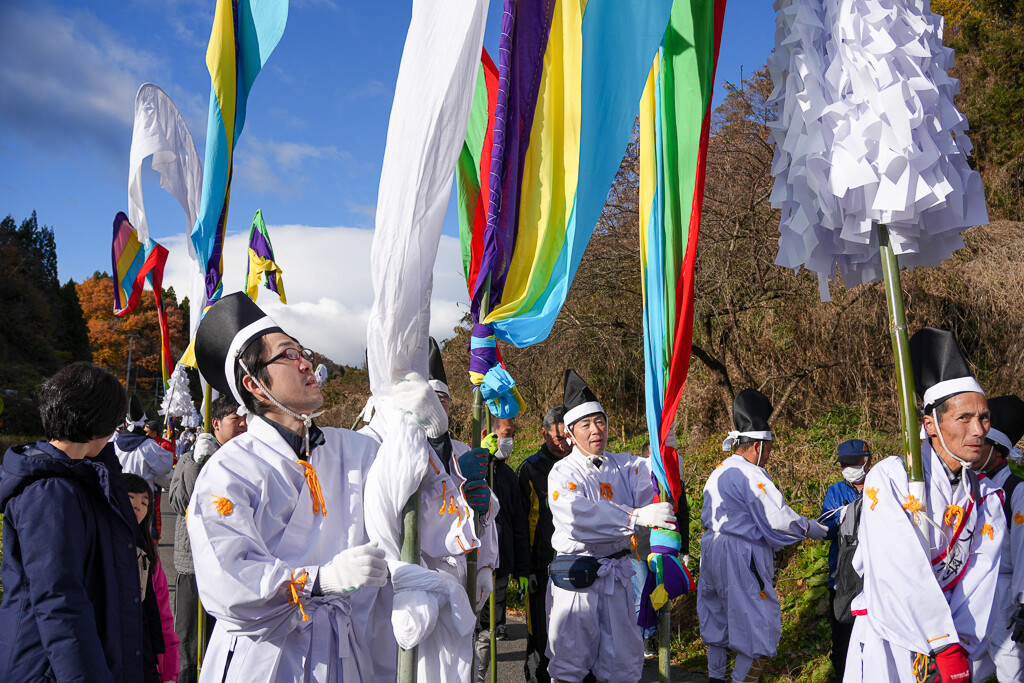
I got chatting to one group of flag-bearers about the festival and the area, and one of them asked if I’d like to try carrying his flag, which I did for about five minutes! (His friends bantered him relentlessly about getting the visitors to do his work for him). Although the flags are as heavy as they look, the most strenuous part is simply how large they are – the village is beset with power lines and overhanging tree branches, and making sure the flags don’t catch on anything requires constant vigilance.
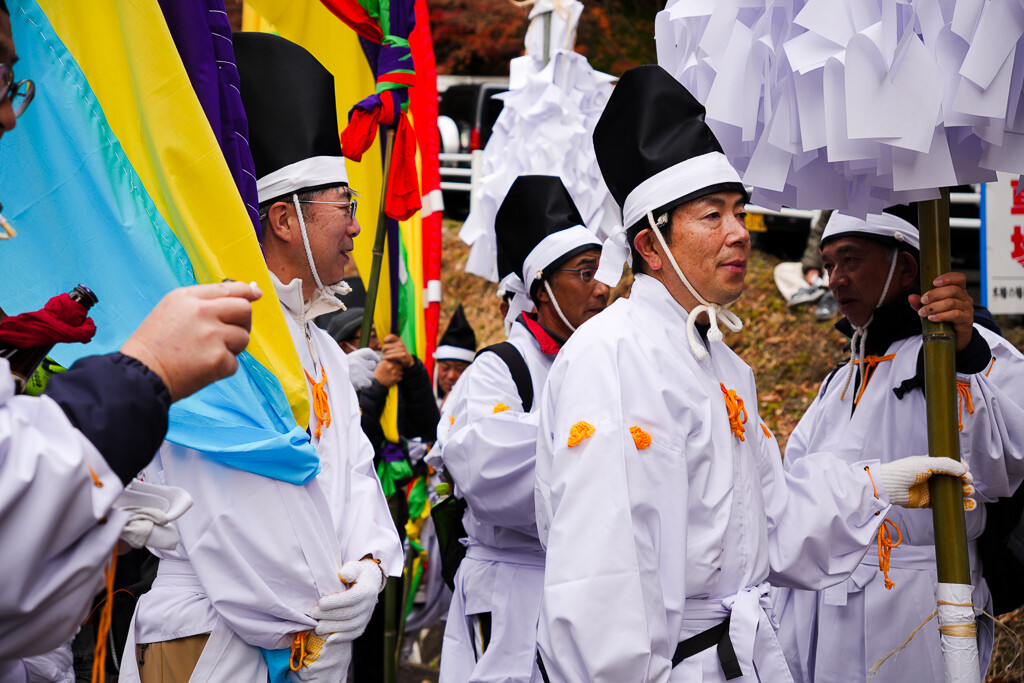
Making that task more difficult, of course, is the fact that the flag-bearers are drinking robustly from the moment they assemble at the community center at 7:30 in the morning. Every so often, when the procession slowed and took a break, members of the group carrying hefty bottles would pour a sweet sake into small bamboo cups that each man carried on his hip.
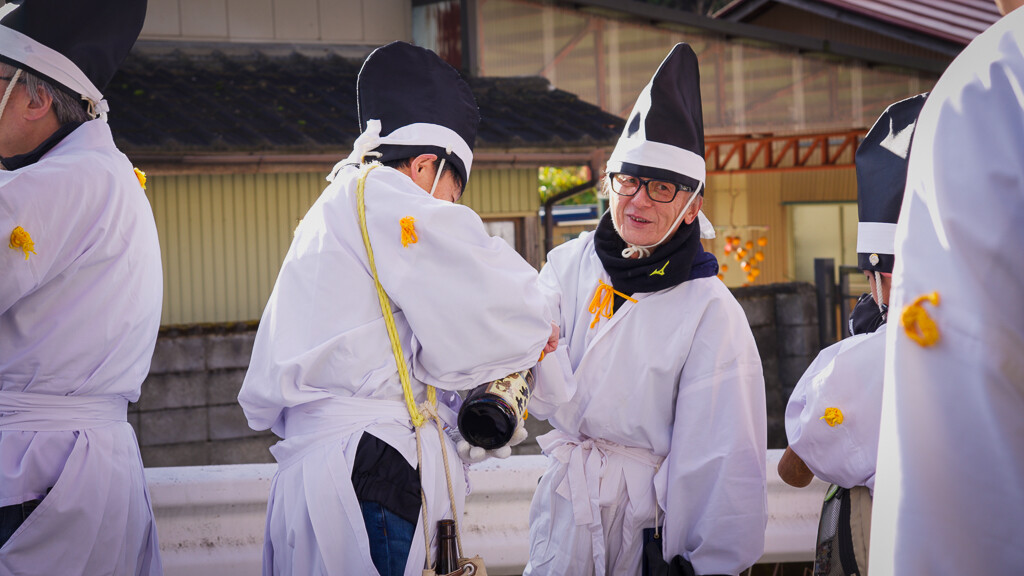
It meant that wherever we walked, there was always the fragrant smell of the sake in the air, and more than one member of the procession arrived at the shrine a little worse for wear. One younger flag-bearer drank a little too much and was bundled into a fire engine to go home about halfway through the route...
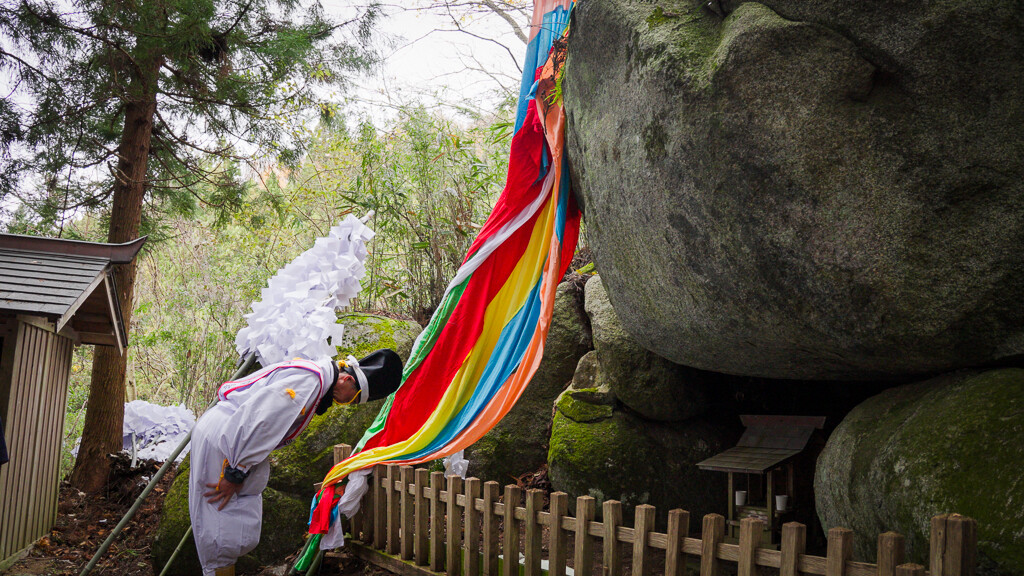
And so we headed to Okitsushima Shrine. Although we passed the front entrance during our walk up the mountain, the flags must first be taken through the back route to the Tainai Kuguri Rock, where a prayer is said for health and good fortune before continuing up the trail. In the woods the slopes can be fairly steep and the footing a little slippery, so this was where I wished I’d worn slightly more rugged shoes with a better grip. Fortunately, you only need to pass this way once, as you’ll use the front steps to leave the shrine later.
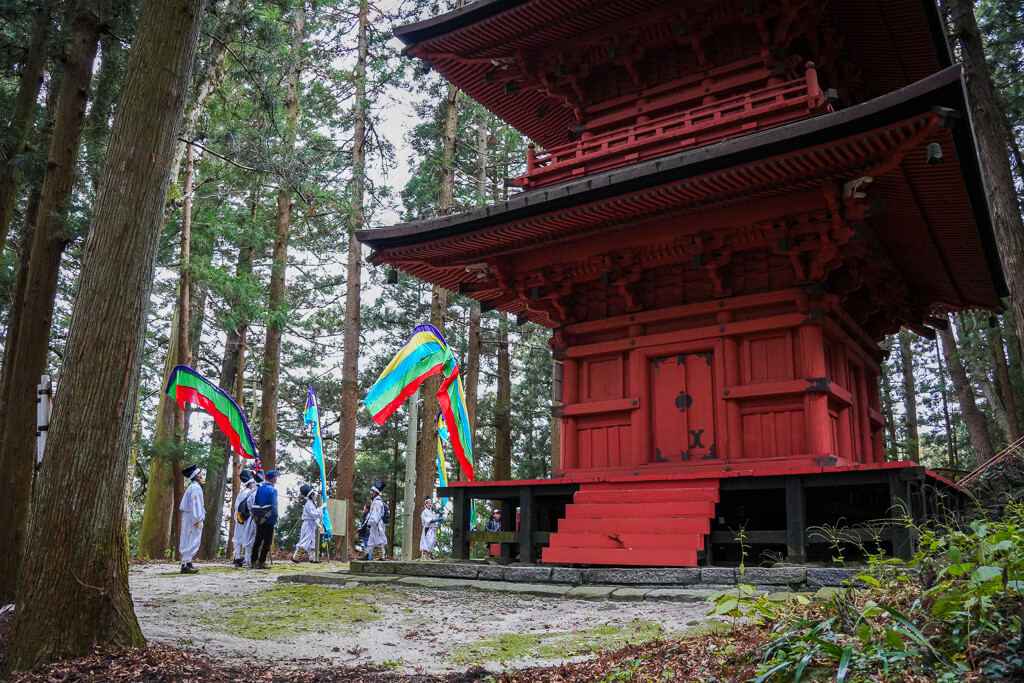
In addition to the beautiful old shrine building at Okitsushima, the grounds also play host to a beautiful deep red pagoda that is a central pillar of the shrine’s history. It’s said that when famous warlord Date Masamune set Mt. Kohata ablaze in the 1500s that the pagoda would not collapse, and these days it is a power spot for those wishing for academic success and the prevention of disease.
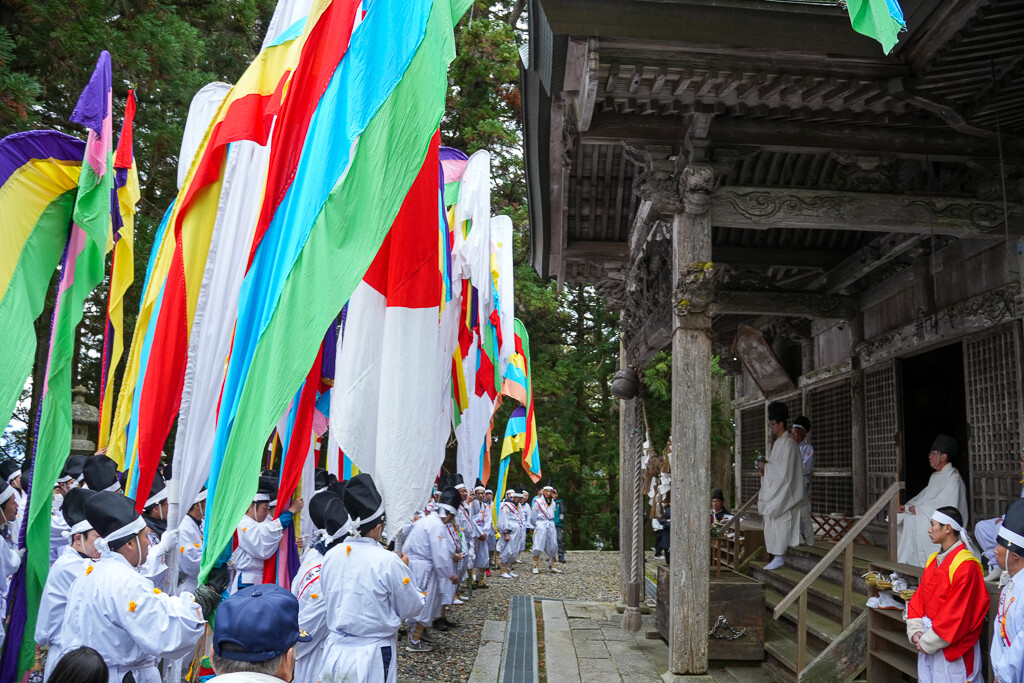
When they reach the top of the long steps up to the shrine building, each flag-bearer group stops to say a prayer for long life and celebrate a job well done. Then, the groups come together to hear words from the shrine’s caretakers, after which the festival comes to an end.
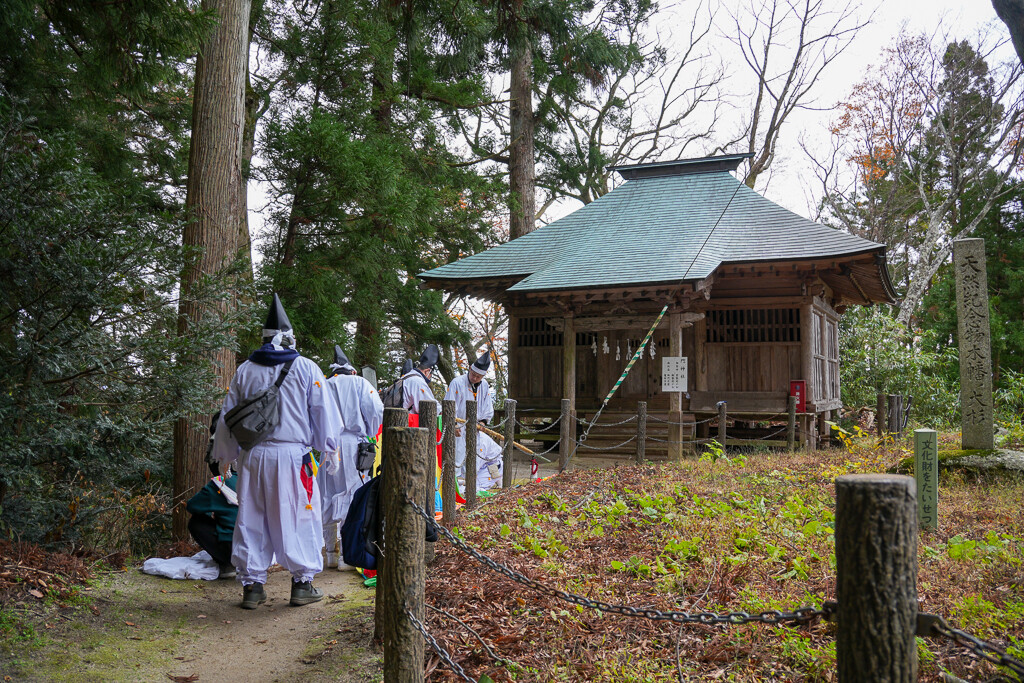
Overall, the festival began in earnest at 8:30am and ended around 1pm. There were several breaks during the march to allow people to rest up and recharge – not realising how rugged a walk it was, I didn’t bring anything in the way of snacks or water, so I’d certainly recommend that for people thinking of joining all the way to the end.
Also, while the walk back down from the shrine avoids the woodland route and thereby takes less time, it still took me about 45mins to walk from Okitsushima Shrine back to the community center where I parked, so you should factor that into your schedule. There is parking at the shrine, but space is limited and the roads can get crowded at home time.
Final Thoughts & Tips
Apart from the great atmosphere, friendly people and the colourful flags, for me the most lasting impression of the festival was the beauty of the local area. Even though the festival is held just after the peak of autumn colour season, there were still streaks of orange in the hillsides, and there’s more than one viewpoint looking over the town as you make the climb to the shrine.
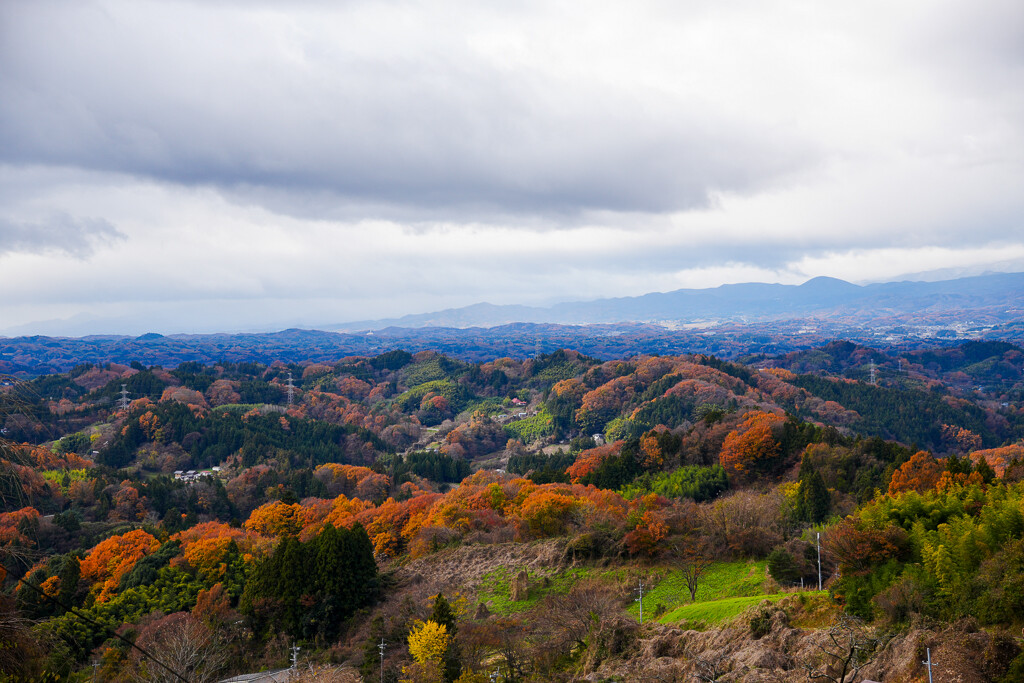
Although you don’t have to follow the procession all the way to the top, I think it’s worth it to see the final ceremony with all the flags lined up at the shrine, and the pagoda alone is worth the trip. Several people congratulated me for making it all the way to the top, or said they looked forward to seeing me next year.
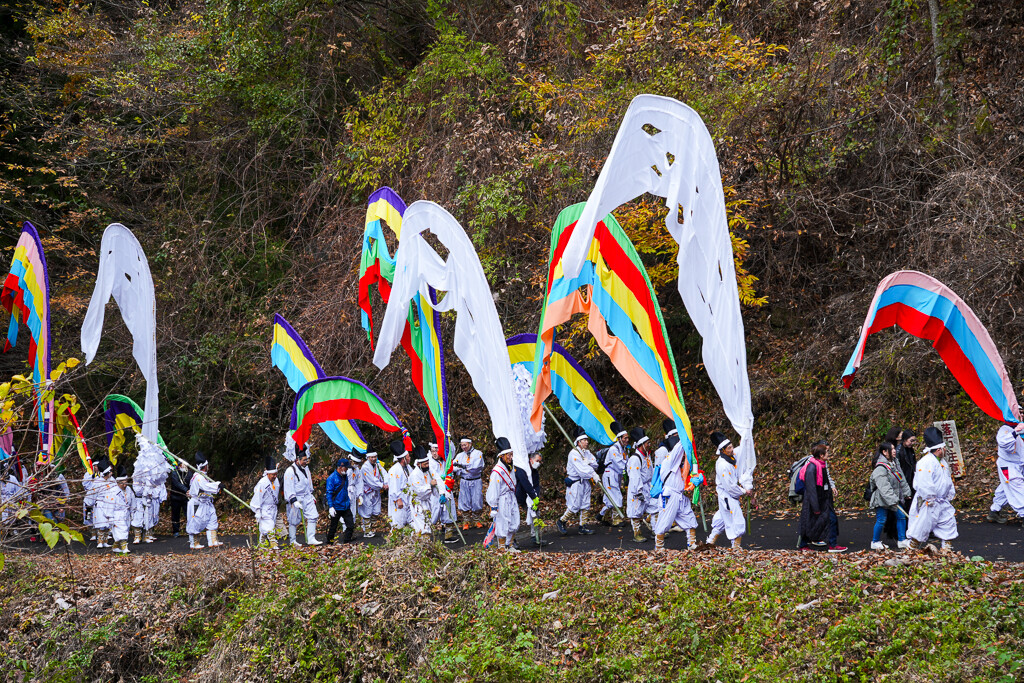
If I were to go again, I’d be keen to see the other ceremonies and events on the Saturday, and I’d probably aim to arrive shortly before departure to skip standing in the cold. Otherwise, as I mentioned above, good walking shoes and snacks / water will come in handy, and bring your camera!
For more festivals in Fukushima, why not check out the Aizu Festival or the horse riding samurai of Soma Nomaoi?
